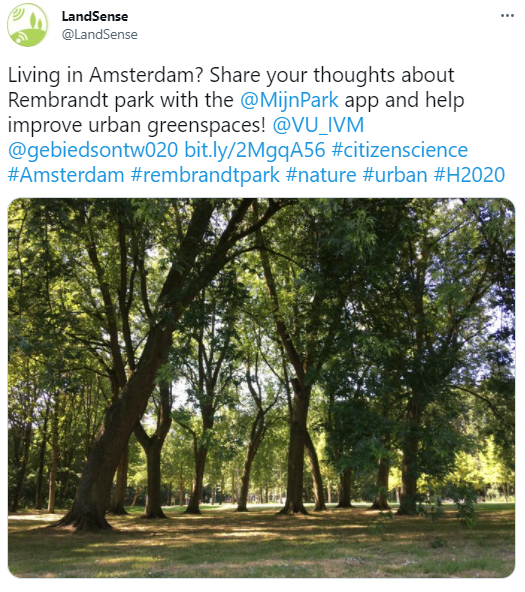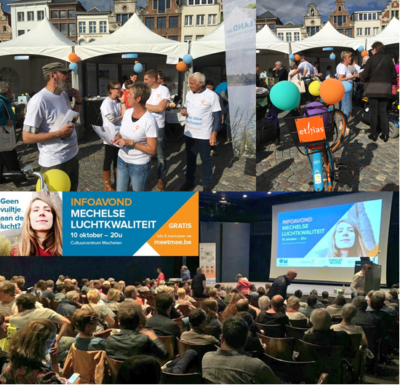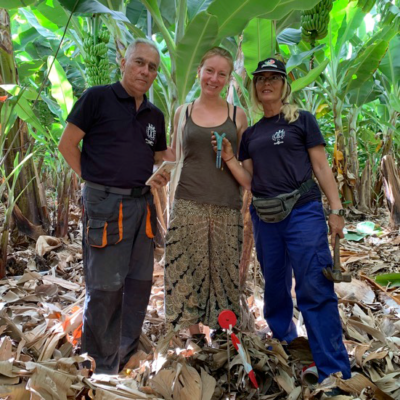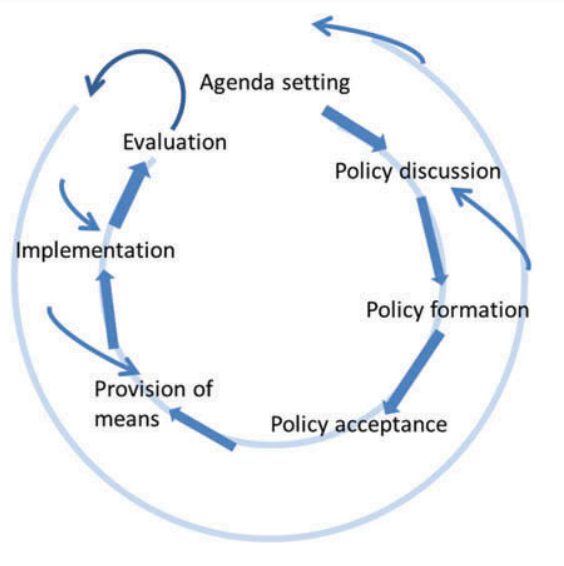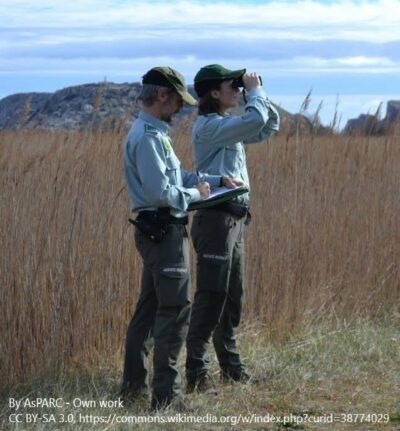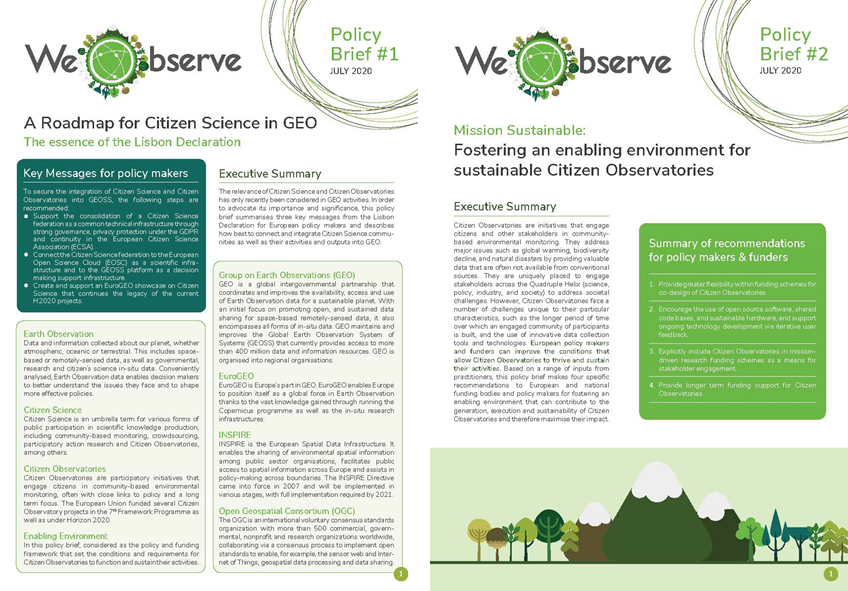Why is it relevant?
Citizen Observatories can trigger various changes. Most typically, Citizen Observatories aim to help make improvements in the physical environment. However, impacts can also range from changes in public awareness and understanding to changes in individual people’s behaviour or changes in policy. Although many Citizen Observatories aim for one or more of these changes, each type of change requires deliberate actions to be attainable.
How can this be done?
There are different ways that Citizen Observatories can improve the environment and trigger social and institutional changes: they can help raise awareness among the wider public about the specific environmental issues; they can help foster behavioural changes in individuals, groups and entire communities related to the causes of the environmental concern at the heart of the Citizen Observatory; and they can contribute to policy changes.
There is no single formula for achieving these impacts. Rather, it is important to think about the type of change you envisage, what has to change in the present and the steps you can take towards long-term impact and change. Often this is done at the start of setting up the Citizen Observatory, especially if it is being co-designed (more on co-designing a Citizen Observatory here). Moreover, while it is possible to trigger some specific changes, it is also important to realise that many changes are actually beyond the immediate control of your Citizen Observatory. Finally, when the members of your Citizen Observatory co-create the change they want to see, solutions are more democratic and include a wider variety of perspectives.
Useful Resources
SCIENTIFIC PAPER: The WeObserve Impact CoP has developed a storytelling approach to capturing and communicating impact. To illustrate how this works, it has been applied to four case studies.
TOOL: The Future Newspaper Tool is an open-source downloadable tool that has been developed with community-led citizen science projects in mind. The tool can be used after the monitoring activities and helps the creative reflection process by asking participants to imagine a variety of desirable futures.
PROJECT REPORT: The Making Sense Report on toolkit resources, methods for actionability and evaluation of findings from data gives an overview of the project and the methods that were used by the communities, including those for the planning and delivery of action and change making.
LEARNING RESOURCE: The online course Citizen Science Projects: How to make a difference on FutureLearn has additional information on how to achieve impact by triggering change.
PROJECT REPORT: Engagement activities and their impacts on policy development includes FAO slides from one of the GROW MOOCs covering multi-stakeholder soil governance models.
You may also be interested in:
I want to achieve impact with the Citizen Observatory results…
…by communicating the Citizen Observatory results effectively
This work by parties of the WeObserve consortium is licensed under a Creative Commons Attribution-ShareAlike 4.0 International License. ![]()



